
[Résolu] dnd5e Les flancs donnentils toujours un
#1 Mar 20, 2017 Bart Adventurer Join Date: 3/20/2017 Posts: 4 Howdy folks. My group is currently enjoying a mixed campaign of Eberron (homebrewed by the DM to 5e.) and Curse of Strahd. When combat started we discussed that using the optional rule for Flanking wouldn't be an issue, until it became one. I'll explain:

DnD 5e Flanking Explained The GM Says
In the high fantasy world of Dungeons & Dragons 5E, flanking stands as a tactical maneuver used by adventurers, monsters, and DMs to gain an advantage in the battlefield. In essence, flanking is all about positioning. It's when two or more characters engage an enemy on opposite sides.

Flanking in DnD 5E explained Dice Cove
1. Understand How Flanking Works in DnD 5e. In simple terms, flanking occurs whenever two or more opponents surround a creature allowing them to attack from opposite sides. In DnD 5e, flanking is done by threatening a creature's opposite sides. This is called "flanking" because when multiple creatures are attacking from either side, they.

Flanking 5e dnd rules, ranged bonus & advantage YouTube
The Flanking 5E optional rule is an exciting part of the Dungeons & Dragons game presented in the Dungeon Master's Guide. In its simplest sense, this rule provides a strategic move during combat scenarios that allows you to gain an advantage over your adversaries. This rule comes into play when two allies find themselves on opposite sides of an.

D&D Flanking and Inspiration Variants World Builder Blog
Flanking is an optional rule in DnD 5E, intended to add more tactical depth to combat. The rule itself is straightforward: When a creature and at least one ally are within 5ft of the same enemy on opposite sides, that enemy is flanked. Each of the creatures flanking has advantage on melee attacks against it.
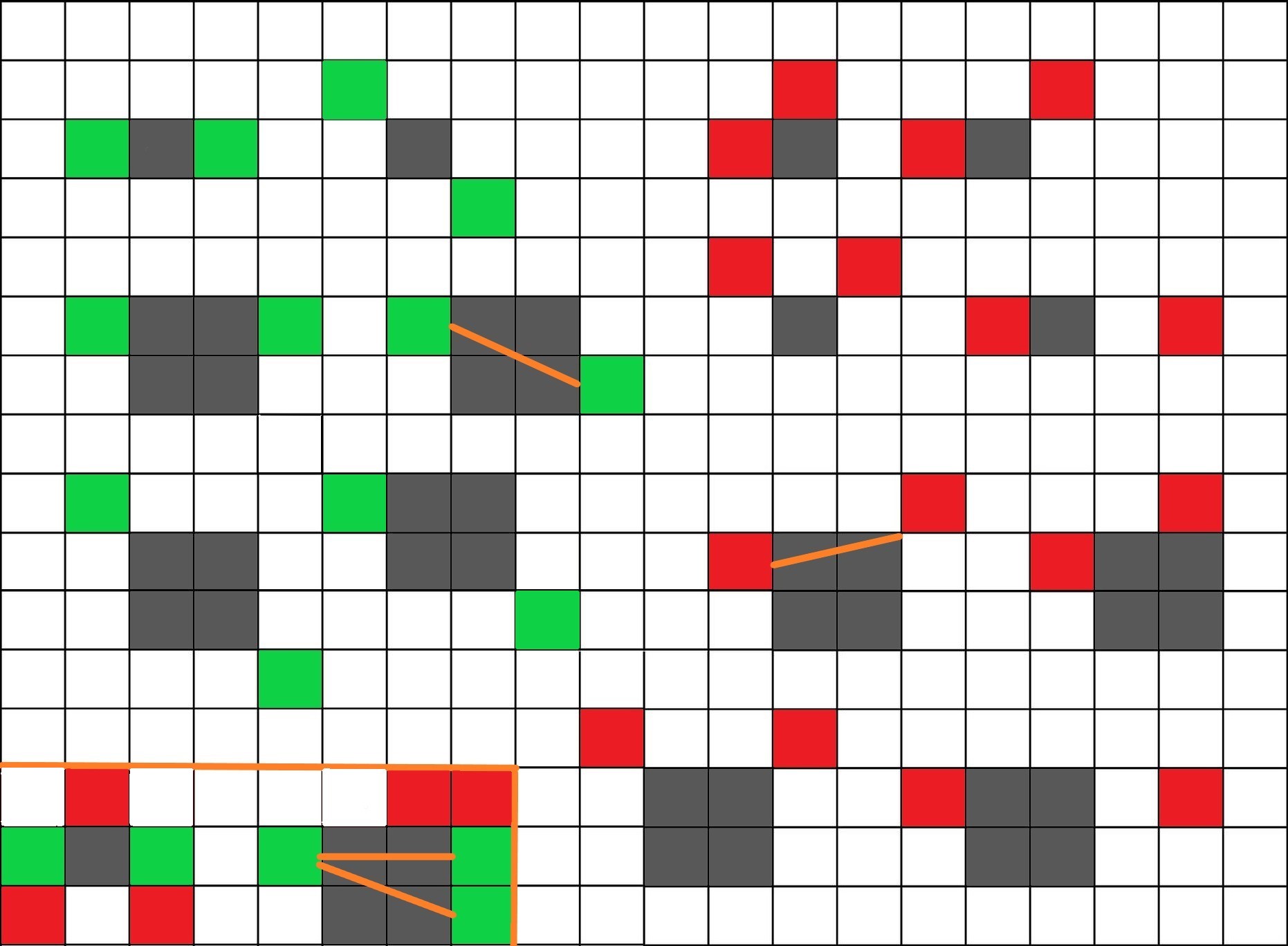
Flanking 5e [DnD Rule Guide] DnD Lounge
In the realm of Dungeons and Dragons 5e, flanking is a tactic that can provide significant advantages, but it also requires careful implementation and an understanding of its intricacies. In the context of D&D 5e, flanking represents a tactical positioning where two or more characters surround a common enemy, thereby diverting its attention and disrupting its defenses.
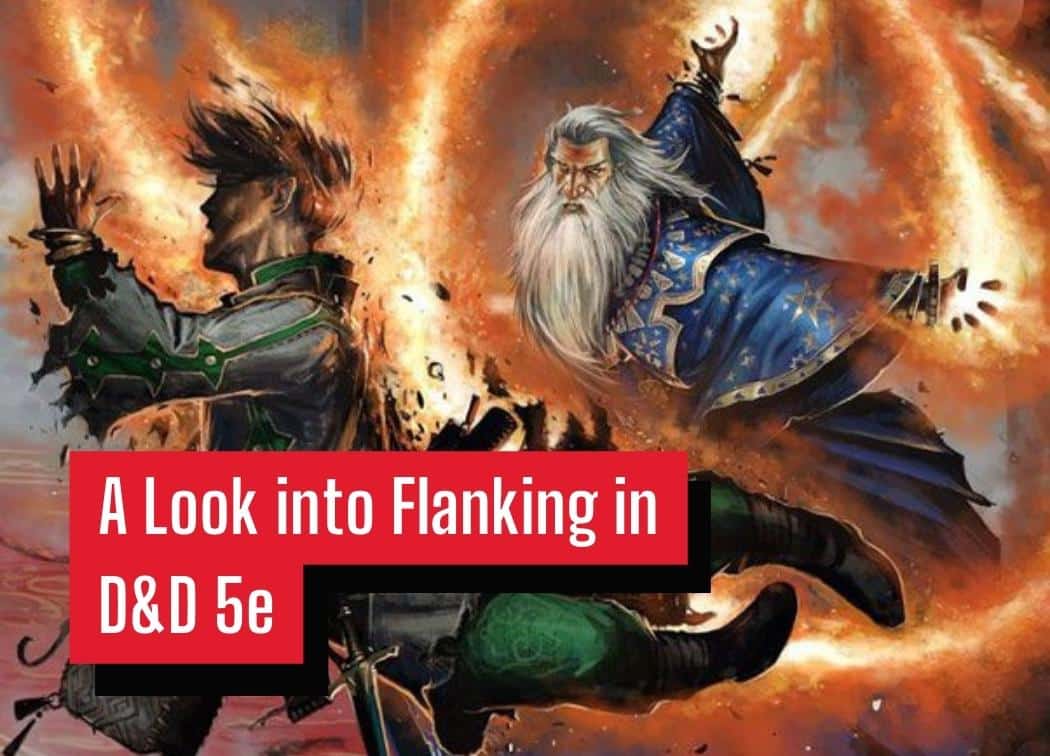
A Look into Flanking in D&D 5e DungeonSolvers
The official D&D 5e flanking diagram for square battlemaps. Art by Wizards of the Coast. A creature cannot flank if they cannot see their target. They also cannot flank if they are incapacitated. So long as the target can be seen and both creatures are conscious they can flank.
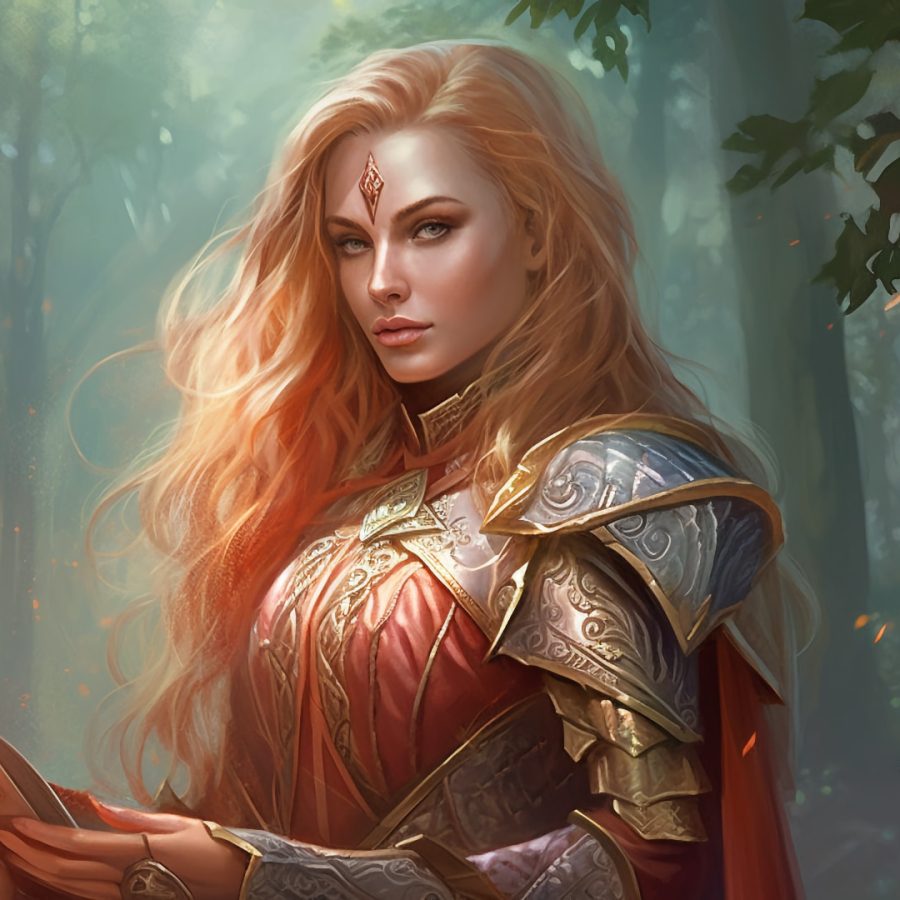
Flanking in DnD 5E explained Dice Cove
Flanking in DnD 5e is not just a rule, it's a strategy. It's a dance of positioning, a test of wits, and a gamble of risks. Here are some key takeaways to remember about flanking: Flanking is a variant rule: Always remember that flanking isn't a standard rule in DnD 5e. It's up to the Dungeon Master to decide whether to implement it.

Flanking in DnD 5E explained Dice Cove
The DMG p.251 suggests the optional rules that are hotly debated by D&D 5e players: flanking. It's essentially an optional rule for teaming up on a surrounded enemy, giving you advantage to attack the creature you've encircled or boxed in. You need two or more characters to flank an enemy.
[OC] 5e Simple Flanking Diagram on Squares r/DnD
Flanking is a mechanic in DnD that's based on the real-world battle tactic of surrounding your enemies to gain an advantage in combat. Flanking in DnD 5e works (more or less) intuitively — if two allies are adjacent to and on opposite sides of an enemy, that enemy is flanked.

Make Flanking More Dynamic in Your 5E D&D Game Nerdarchy
In DnD 5e, flanking is an optional rule meant to represent the combat advantage you gain when you and your allies attack an enemy from multiple directions.

Dungeons & Dragons 5e Tutorial "Optional Rules, Flanking" YouTube
Flanking 5e is an often misunderstood rule of Dungeons & Dragons. Flanking isn't actually difficult to understand, but only certain situations count as flanking, and not every character can benefit from it. This can lead to frustration and spats at the table. Many Dungeon Masters ignore flanking rules entirely or make up homebrewed rules to.

Flanking in DnD 5E explained Dice Cove
Flanking in Dungeons & Dragons 5e is an optional rule presented in the Dungeon Master's Guide that allows players to gain a strategic advantage in combat scenarios. It's a tactical maneuver that can be used when two allies are positioned on opposite sides of an enemy.

Flanking 5e Dmg Table fasrstop
Flanking position: To flank an enemy, you and an ally must be positioned on opposite sides or corners of the target creature's space. Advantage on attack rolls: When successfully flanking an opponent, you gain advantage on melee attack rolls against them, increasing your chances of landing a hit.

Dnd 5E Flanking Large Creatures
In your thrilling Dungeons and Dragons 5e adventure, flanking is a tactical maneuver you can use to gain an advantage over your enemies by positioning yourself on opposite sides of the target. It's all about strategy and keen observation. Flanking 5e strategies require clear communication and team coordination to execute effectively.
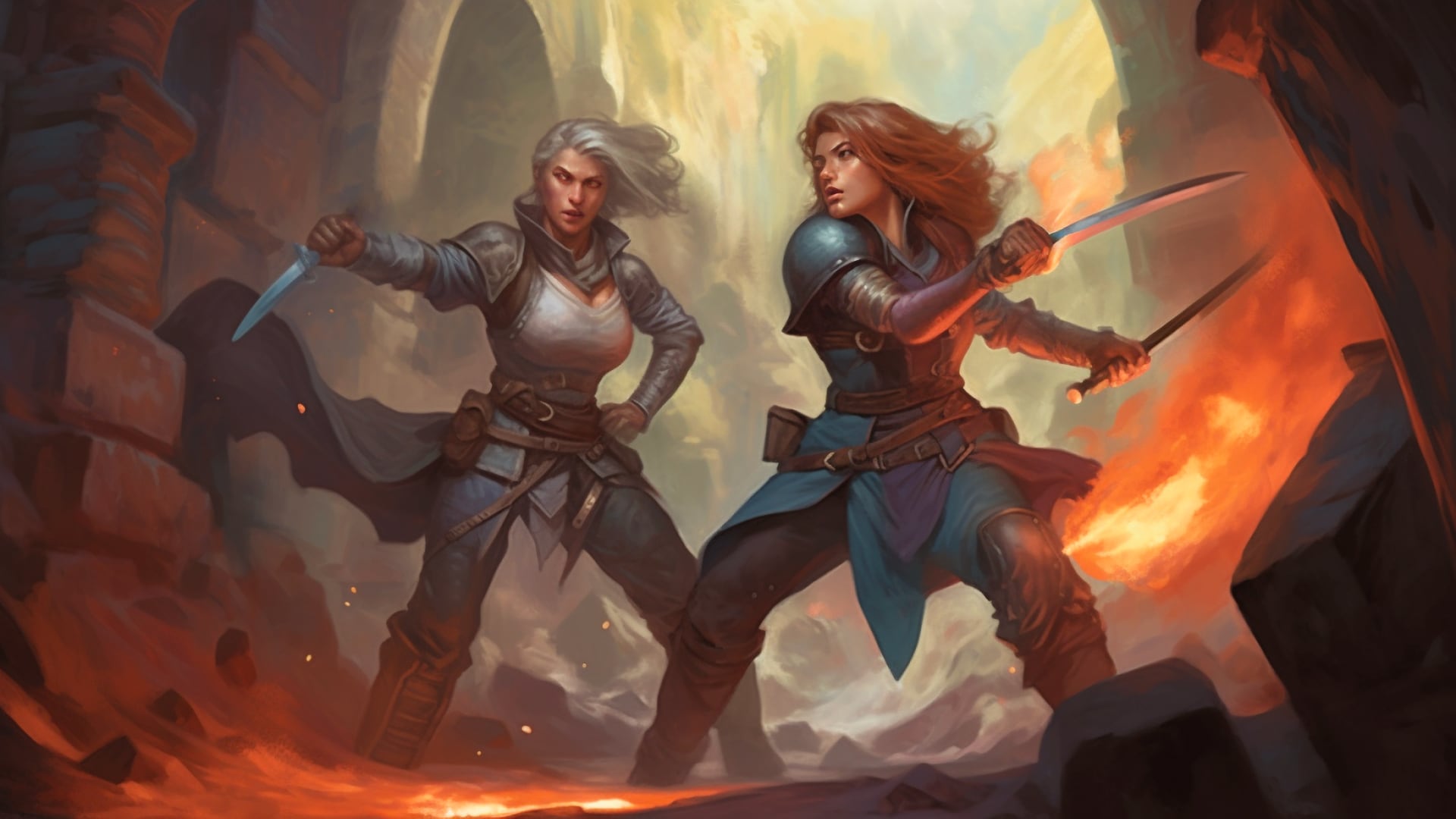
Flanking in DnD 5E explained Dice Cove
One rule that was deprioritized from the earlier renditions of D&D was flanking: a rule which gave a small attack boost to two characters on either side of an opponent. This was an essential aspect of the gameplay of Rogues and melee classes during 3rd, 3.5, and 4th edition. Things have changed with flanking 5E, however.